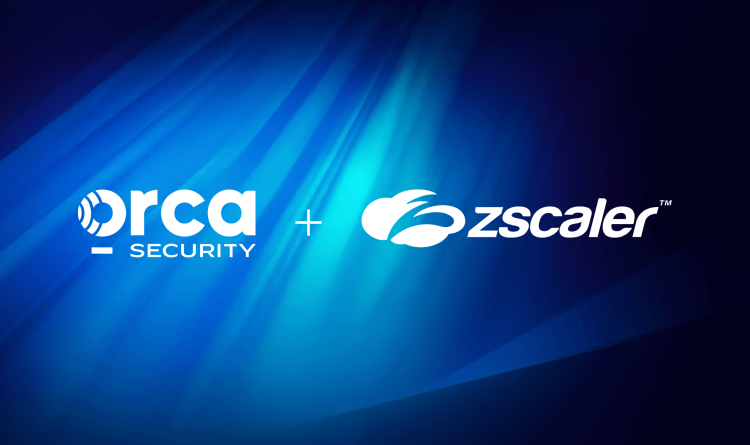A repository is a centralized location used to store, organize, and manage digital assets such as source code, configuration files, software packages, and infrastructure templates. Repositories are essential in modern software development and cloud-native operations, enabling collaboration, version control, automation, and secure delivery of applications and services.
Repositories can be local or remote, public or private, and are used throughout the software development lifecycle—from writing and reviewing code to distributing applications and managing infrastructure as code (IaC).
What is a repository?
In the context of software development and DevOps, a repository (or “repo”) serves as the authoritative location for storing and managing code or software artifacts. It may include:
- Source code: Application code written in languages like Python, Java, Go, or JavaScript
- Configuration files: Settings and parameters for applications, environments, and services
- Documentation: README files, API docs, onboarding guides, and other reference material
- Infrastructure as code: Terraform, CloudFormation, or Kubernetes manifests
- Binary artifacts: Compiled packages, container images, libraries, and dependencies
Repositories support versioning, collaboration, auditing, and automation—making them a foundational component of continuous integration and continuous delivery (CI/CD) workflows.
Types of repositories
There are several types of repositories, each serving a different purpose within the software and cloud ecosystem:
Source code repositories: These store raw source code and are typically managed using a version control system like Git. Common platforms include GitHub, GitLab, Bitbucket, and Azure Repos.
Package repositories: These host software libraries and dependencies in compiled or installable formats. Examples include npm (JavaScript), PyPI (Python), Maven Central (Java), and NuGet (.NET).
Container registries: These store and distribute container images used by platforms like Docker and Kubernetes. Examples include Docker Hub, Amazon ECR, Google Container Registry, and GitHub Container Registry.
Artifact repositories: These manage a wide range of binary artifacts, including build outputs and compiled libraries. Popular tools include JFrog Artifactory and Sonatype Nexus.
Infrastructure repositories: These store IaC files used to provision and manage cloud infrastructure. IaC repositories enable version-controlled infrastructure deployments, auditability, and change tracking.
Why repositories matter
Repositories are critical for ensuring consistency, collaboration, and scalability in modern software and infrastructure workflows. Their importance includes:
- Version control: Track changes over time, enabling rollback, comparison, and traceability
- Collaboration: Allow developers, DevOps engineers, and security teams to contribute code and configurations simultaneously
- Automation: Integrate into CI/CD pipelines to trigger builds, tests, deployments, or scans
- Code reuse: Enable shared modules, libraries, or infrastructure templates across teams and projects
- Security and compliance: Provide audit trails and enforce policies around who can access, modify, or deploy specific components
- Supply chain integrity: Control the source and content of third-party dependencies, reducing risk of malicious or vulnerable packages
Repositories are not just for developers—they are vital for infrastructure engineers, security teams, and platform architects.
Repositories and cloud-native development
In cloud-native environments, repositories play a critical role in managing rapidly evolving, distributed systems. Key functions include:
- Managing Kubernetes manifests and Helm charts: To define workloads, services, and policies
- Storing Dockerfiles and container images: To build, deploy, and scale microservices
- Storing secrets and environment variables (securely): Often using external integrations with secret managers
- Infrastructure as code repositories: For provisioning cloud resources automatically and consistently across environments
- GitOps workflows: Where the repository becomes the source of truth for desired infrastructure and application state
Repositories serve as the backbone of DevSecOps, enabling teams to ship faster while embedding security and compliance into their pipelines.
Repository security risks
Despite their value, repositories can also be a source of risk if not properly secured. Common repository-related threats include:
- Exposed secrets: Hardcoded credentials, API keys, or tokens accidentally committed to code
- Dependency confusion: Attackers trick systems into pulling malicious packages with the same name as internal libraries
- Malicious packages: Open-source dependencies injected with backdoors or data exfiltration tools
- Insecure permissions: Public repositories or over-permissioned users that allow unauthorized access or code modification
- Code injection: Introducing vulnerable code that gets built and deployed through automation pipelines
- Supply chain attacks: Compromised build tools or dependencies used to infect downstream systems
Organizations must implement scanning, access control, audit logging, and artifact validation to reduce repository-related risks.
Best practices for managing repositories
To secure and optimize repositories, organizations should:
- Use source code management (SCM) systems like Git to track changes and enable collaboration
- Establish branch protections to require code review and prevent unauthorized changes
- Scan repositories for secrets, vulnerabilities, and policy violations before deployment
- Limit access using role-based access control (RBAC) and least privilege principles
- Enforce signed commits and verified packages to validate code integrity
- Separate production and development repositories to reduce accidental deployment risks
- Regularly audit dependencies and third-party packages for known vulnerabilities
- Automate testing and validation in CI/CD pipelines to catch issues early
By treating repositories as critical infrastructure, teams can increase software quality, reduce risk, and accelerate delivery.
How Orca Security helps
The Orca Cloud Security Platform provides deep visibility into repository security across cloud-native environments by scanning code, configuration files, and container images in version control systems and CI/CD pipelines.
With Orca, security and DevOps teams can:
- Scan code and other artifacts committed to repositories to detect misconfigurations, vulnerabilities, and secrets
- Scan source code management (SCM) platforms to detect and remediate misconfigurations at the organization and repository levels
- Set guardrails and integrate seamlessly with SCM platforms like GitHub, GitLab, and Azure DevOps to prevent issues from reaching production.
Orca enables organizations to secure the entire application pipeline—before and after deployment—and ensure that repositories remain secure.



